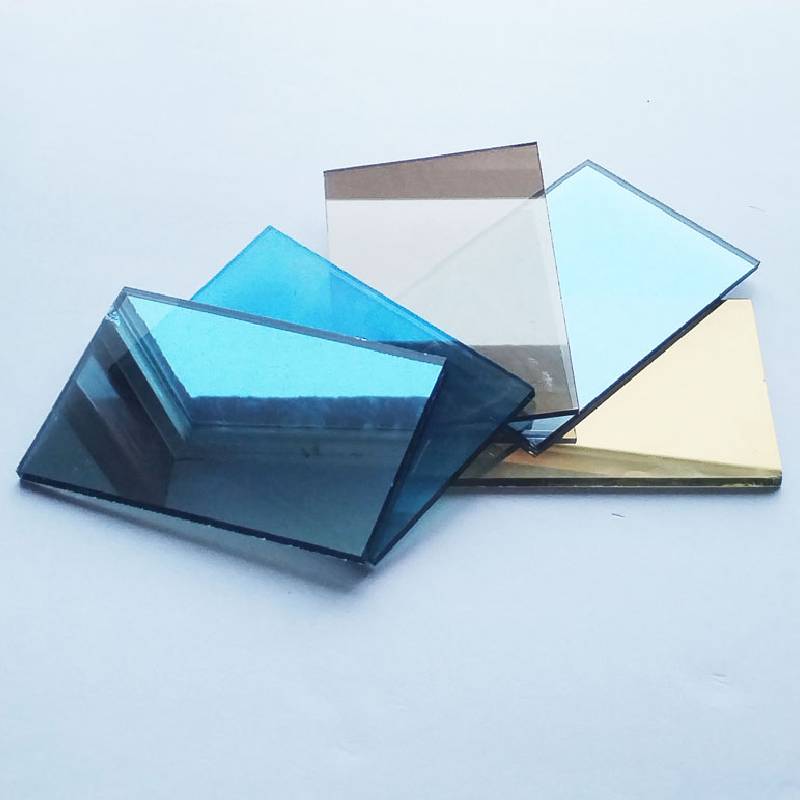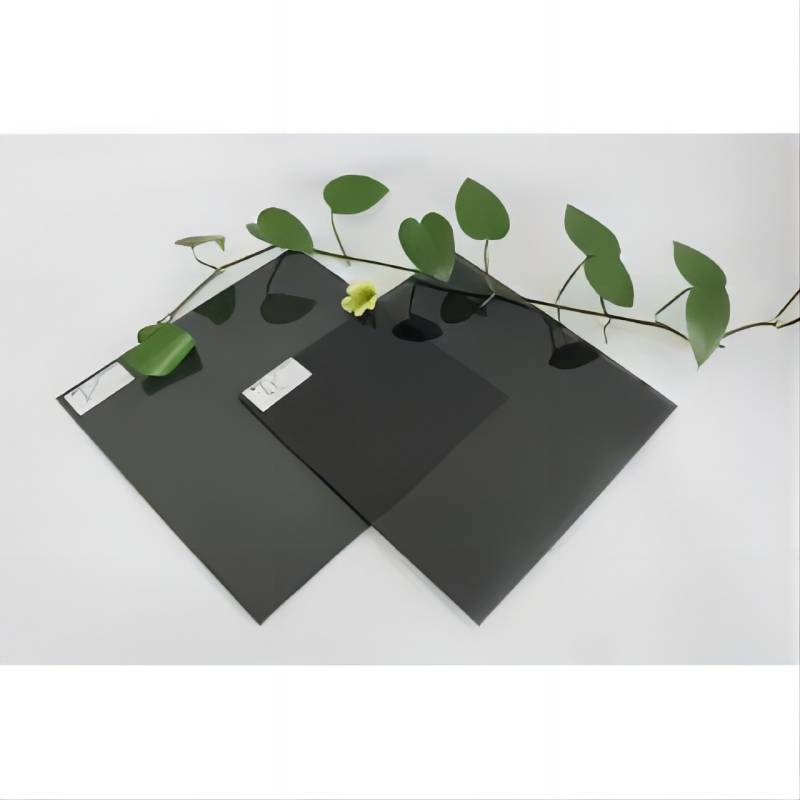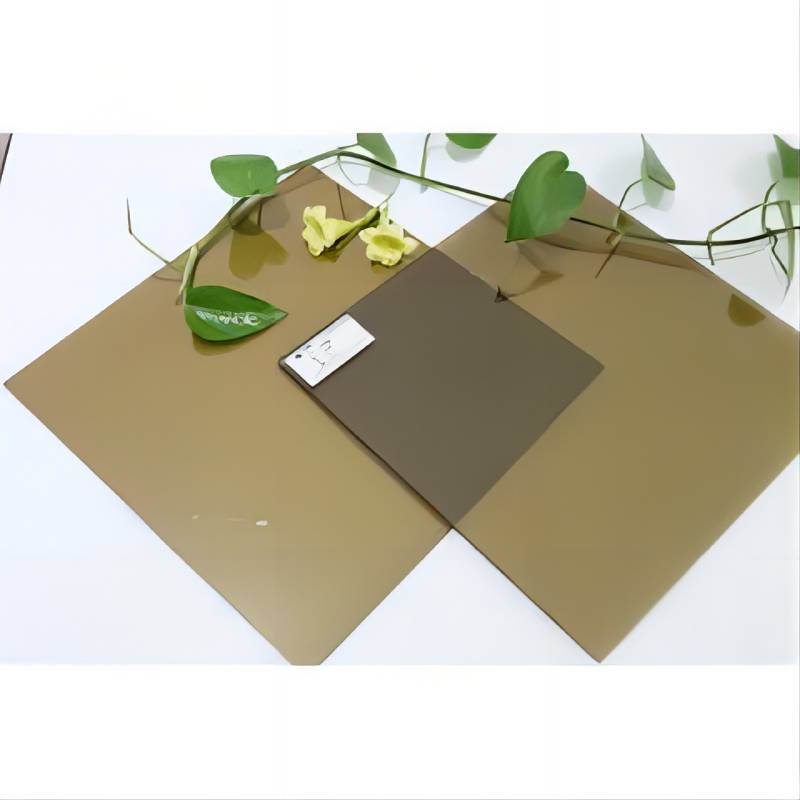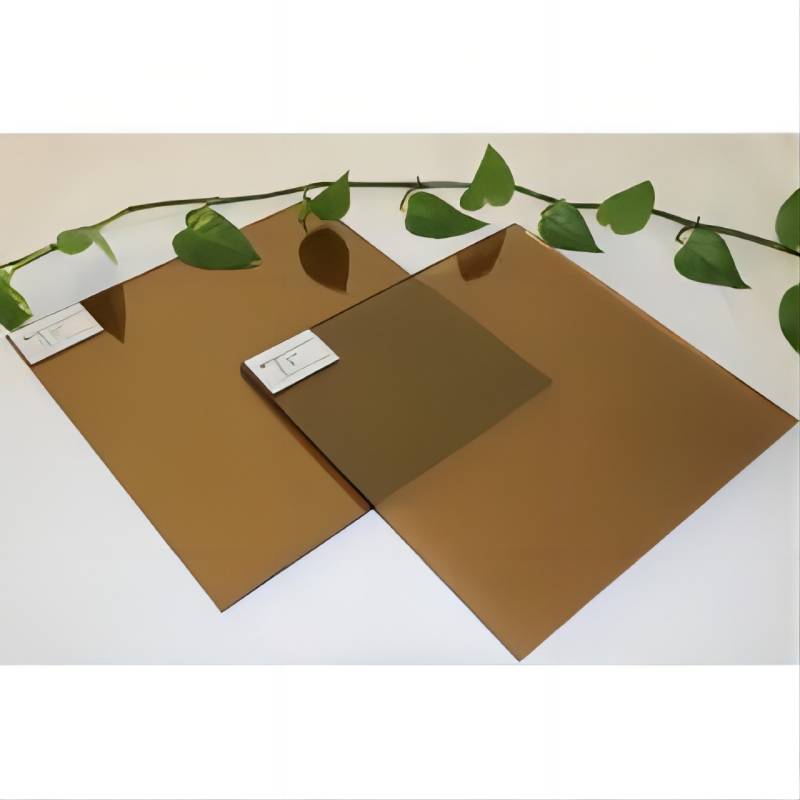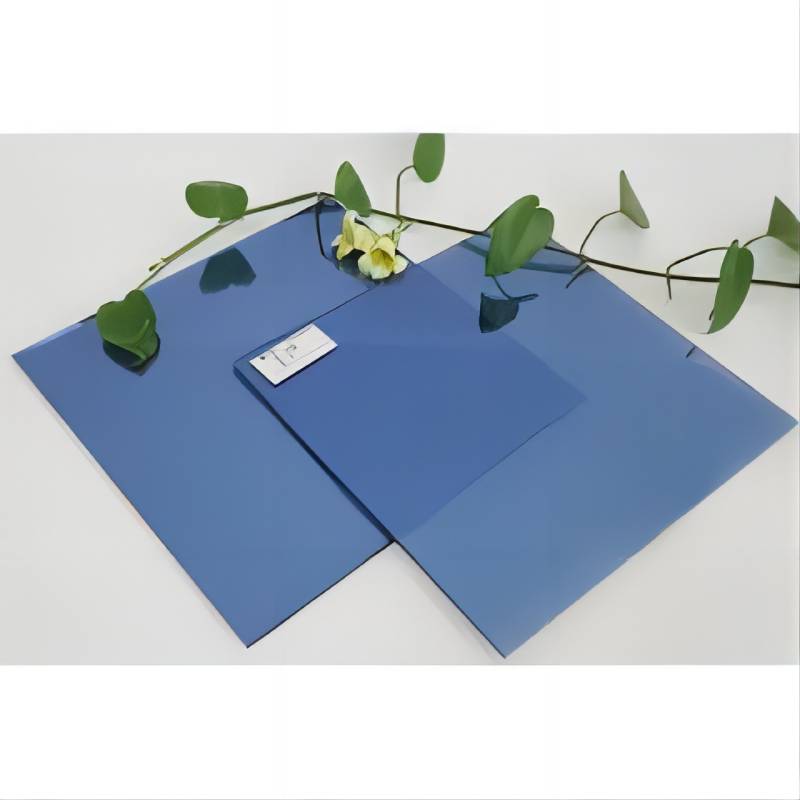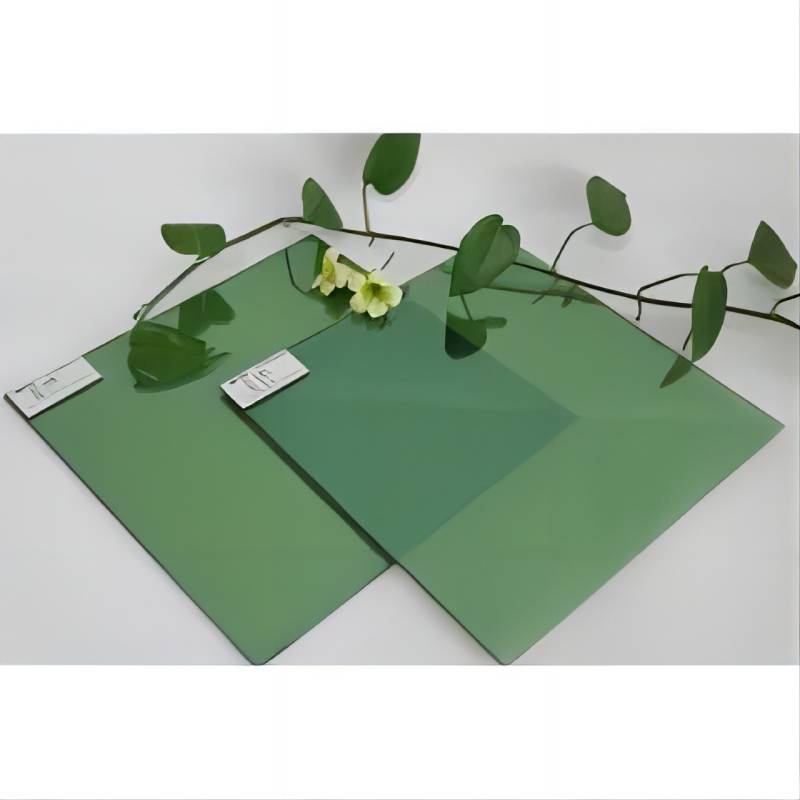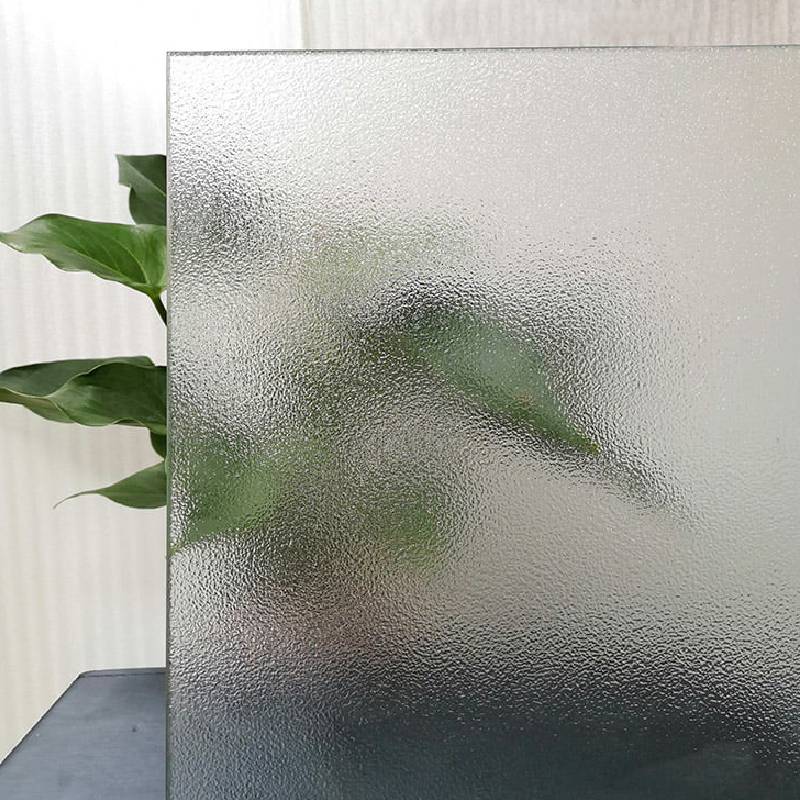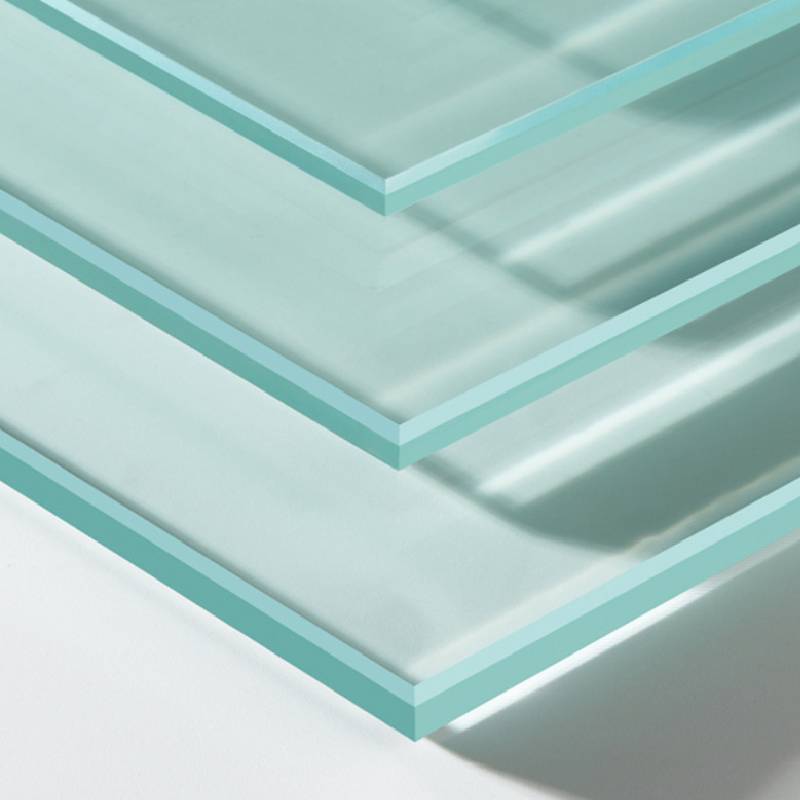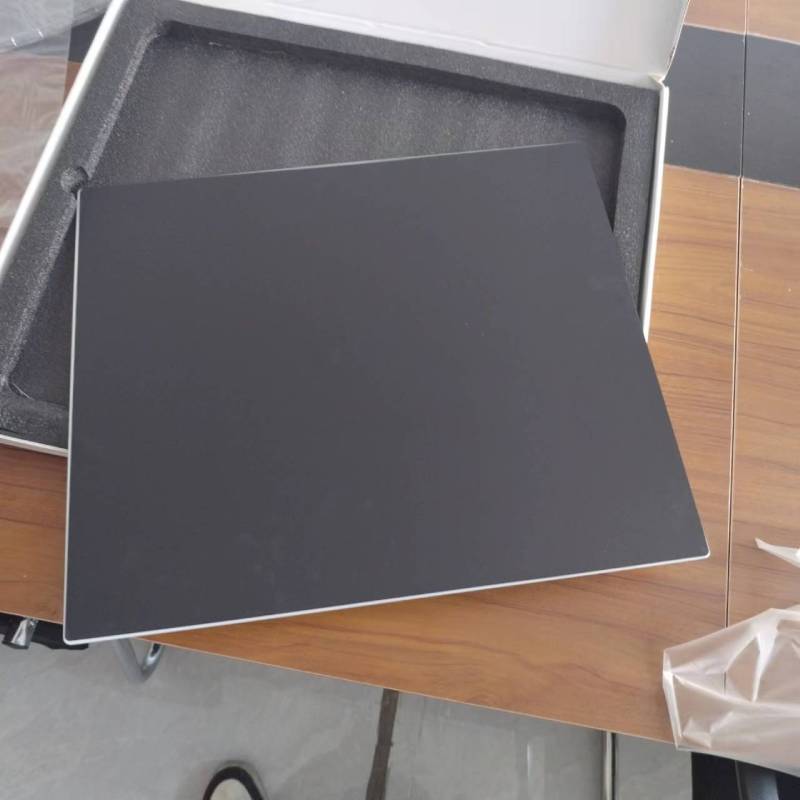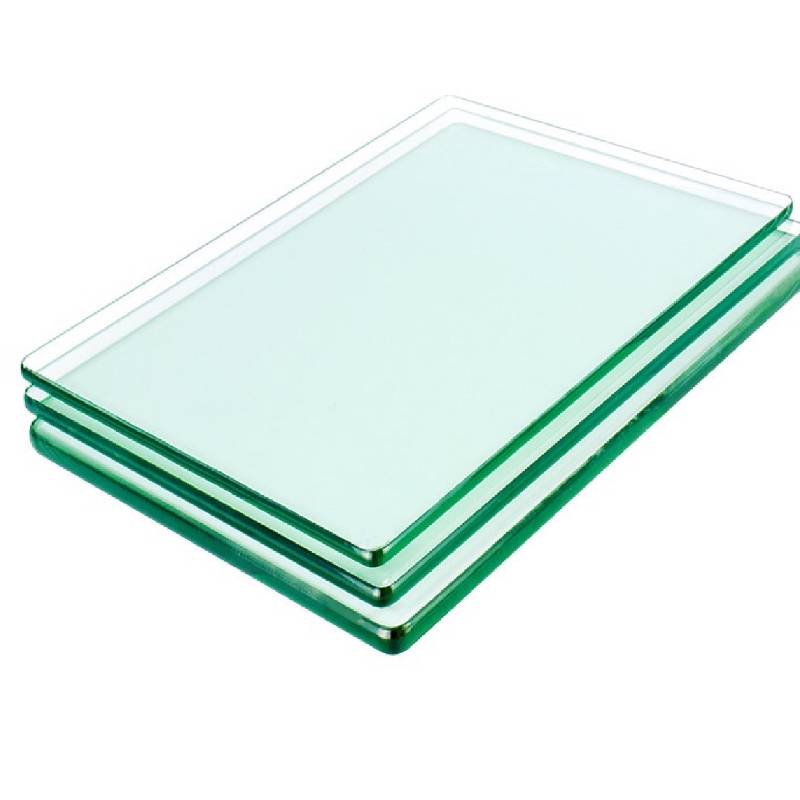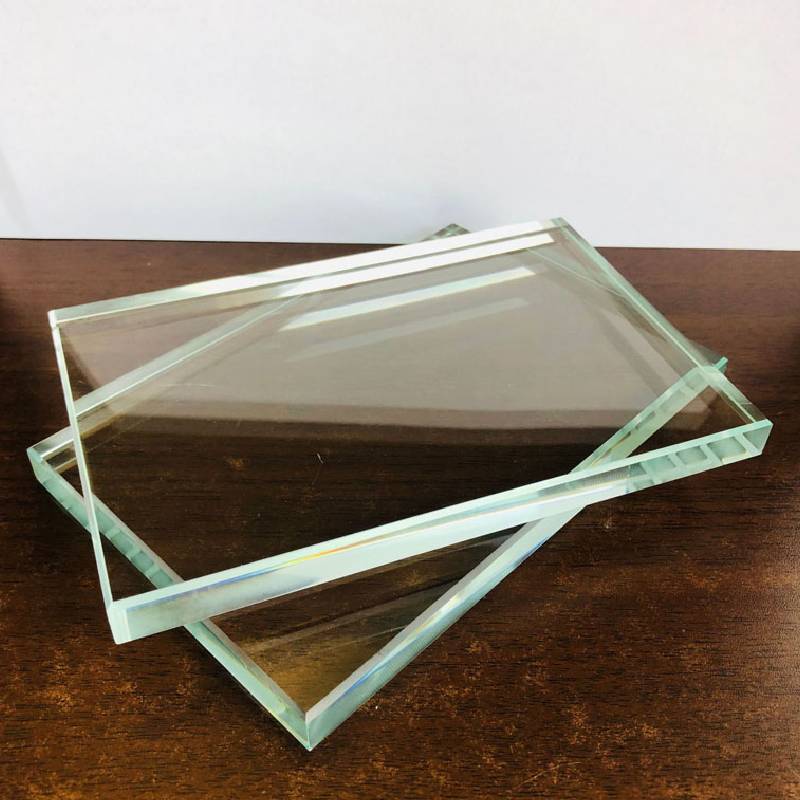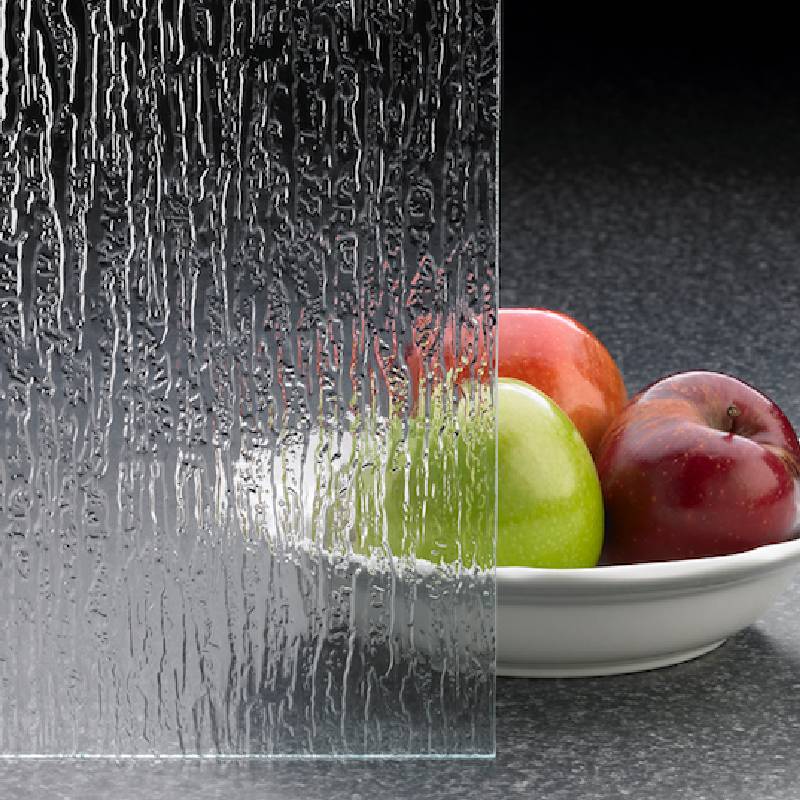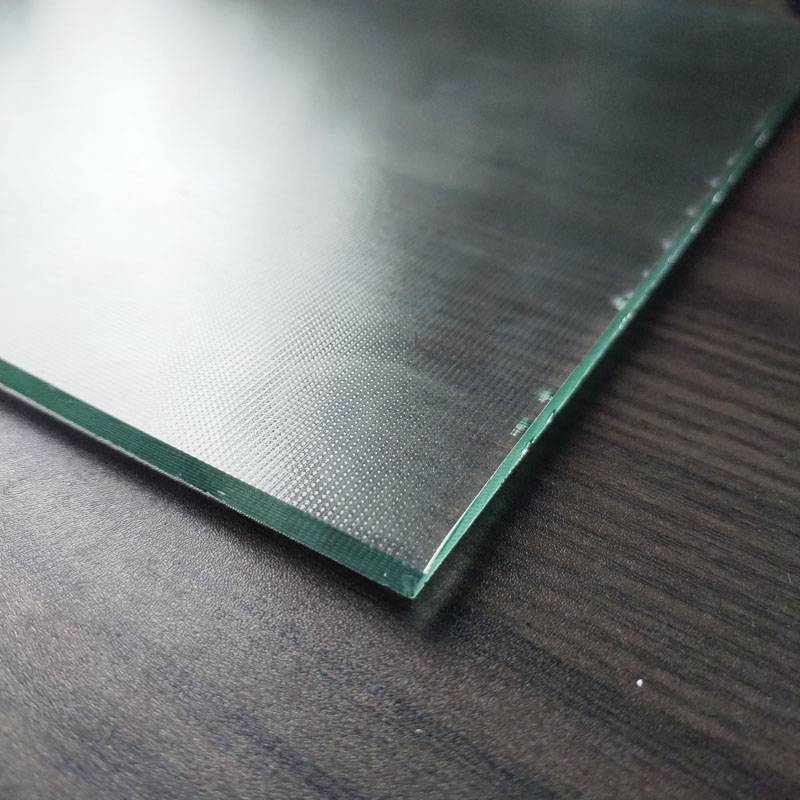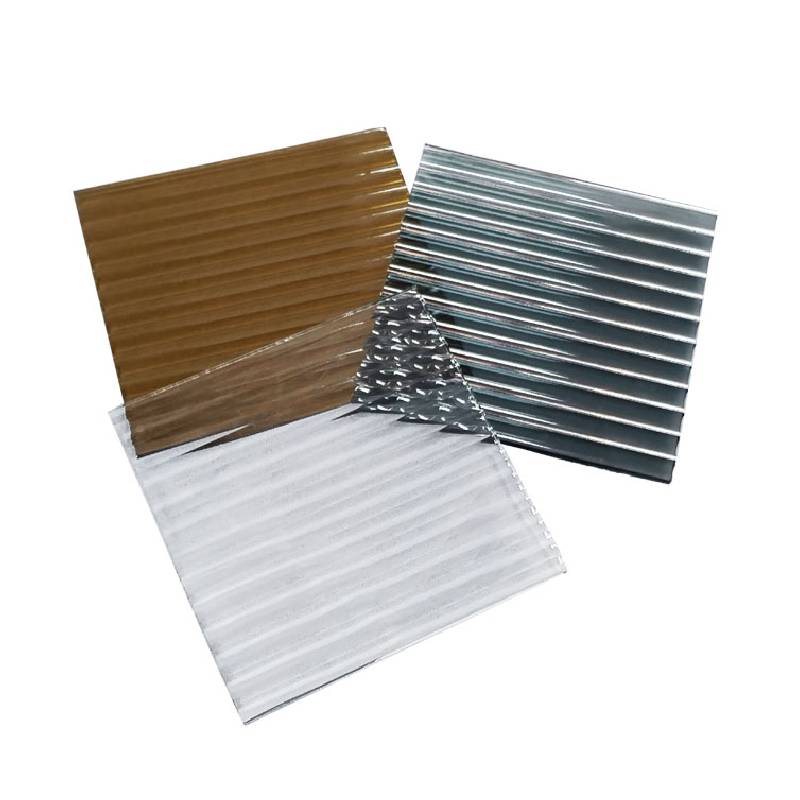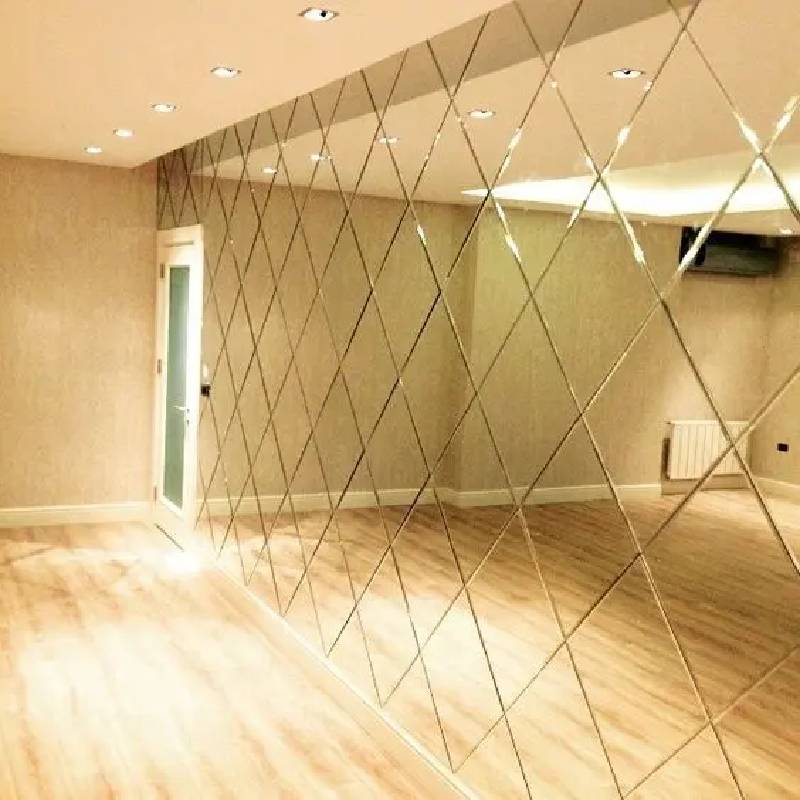Type: light blue reflective glass, dark blue reflective glass, light green reflective glass (French green reflective glass), dark green reflective glass (emerald green reflective glass), brown reflective glass, bronze reflective glass, European gray reflective glass, dark Gray reflective glass, black reflective glass, gold reflective glass, silver reflective glass,
Thickness: 4mm, 5mm, 6mm.
Size: 1830*2440, 2140*3300, 2140*3660, 2140*1650, 2250*3300, 2250*3660, 2440*3660.
Color reflective glass is manufactured through a process known as vacuum sputtering or magnetron sputtering. This method involves depositing metallic oxides onto the surface of clear or tinted glass in a vacuum chamber. By controlling the composition and thickness of these metallic coatings, manufacturers can achieve a wide range of colors and reflective properties.
During the sputtering process, the glass substrate is placed in a vacuum chamber along with targets made of the desired metal oxides, such as titanium, zinc, or silicon. High-voltage electrical currents are then applied to the targets, causing atoms to be ejected and deposited onto the glass surface. The thickness and composition of these coatings determine the color and reflective characteristics of the glass.
Several parameters play a crucial role in determining the performance and appearance of color reflective glass:
- Visible Light Transmission (VLT): VLT refers to the percentage of visible light that passes through the glass. Different applications may require varying levels of VLT to control glare and brightness indoors.
- Solar Reflectance: This parameter measures the ability of the glass to reflect solar radiation, helping to reduce heat gain and energy consumption in buildings.
-
- U-Value: The U-value indicates the rate of heat transfer through the glass. Low U-values signify better insulation properties, contributing to energy efficiency in buildings.
-
- Color Rendering Index (CRI): CRI measures the ability of a light source to accurately reveal the colors of objects compared to natural light. High CRI values are desirable for applications where color fidelity is important, such as museums or retail spaces.
-
Color reflective glass finds applications across various sectors, thanks to its aesthetic appeal and functional properties:
- Architectural Facades: Reflective glass facades add a contemporary touch to buildings while improving energy efficiency by reducing solar heat gain. The reflective surfaces also create dynamic visual effects, especially in urban landscapes.
- Interior Design: In interior spaces, color reflective glass can be used for partitions, doors, and decorative elements to enhance natural light distribution and create visually striking environments.
- Automotive Industry: Reflective glass coatings are utilized in automotive windows to improve visibility, reduce glare, and enhance the overall appearance of vehicles. Additionally, they help regulate interior temperatures, improving comfort for passengers.
- Electronics: Color reflective glass is integral to the production of display panels for electronic devices such as smartphones, tablets, and televisions. The reflective coatings enhance screen clarity and color vibrancy, providing an optimal viewing experience for users.
- Solar Panels: Some variants of color reflective glass are engineered for use in photovoltaic solar panels, where they serve as protective layers while also optimizing light absorption for electricity generation.
 Afrikaan
Afrikaan  Albaaniyaan
Albaaniyaan  Amxaari
Amxaari  Carabi
Carabi  Armeeniyaan
Armeeniyaan  Asarbayjaan
Asarbayjaan  Basque
Basque  Belarusiyaanka
Belarusiyaanka  Bengali
Bengali  Bosnia
Bosnia  Bulgaariya
Bulgaariya  Catalan
Catalan  Cebuano
Cebuano  Korsican
Korsican  Croatian
Croatian  Czech
Czech  Danish
Danish  Dutch
Dutch  Ingiriis
Ingiriis  Esperanto
Esperanto  Istooniyaan
Istooniyaan  Finnish
Finnish  Faransiis
Faransiis  Frisian
Frisian  Galiciyan
Galiciyan  Joorjiyaan
Joorjiyaan  Jarmal
Jarmal  Giriig
Giriig  Gujarati
Gujarati  Haitian Creole
Haitian Creole  hausa
hausa  hawiye
hawiye  Cibraaniga
Cibraaniga  Maya
Maya  Miao
Miao  Hungarian
Hungarian  Icelandic
Icelandic  igbo
igbo  Indonesian
Indonesian  iriish
iriish  Talyaani
Talyaani  Jabbaan
Jabbaan  Javanese
Javanese  Kannada
Kannada  Kazakh
Kazakh  Khmer
Khmer  Ruwanda
Ruwanda  Kuuriyaan
Kuuriyaan  Kurdish
Kurdish  Kyrgyz
Kyrgyz  Qaaxo
Qaaxo  Laatiinka
Laatiinka  Latvia
Latvia  Lithuanian
Lithuanian  Luxembourgish
Luxembourgish  Masedooniyaan
Masedooniyaan  Malgashi
Malgashi  Malaay
Malaay  Malayalam
Malayalam  Malta
Malta  Maori
Maori  Marathi
Marathi  Mongoliyaan
Mongoliyaan  Myanmar
Myanmar  Nepali
Nepali  Noorwiiji
Noorwiiji  Noorwiiji
Noorwiiji  Occitan
Occitan  Pashto
Pashto  Faaris
Faaris  Polish
Polish  Boortaqiis
Boortaqiis  Punjabi
Punjabi  Romanian
Romanian  Ruush
Ruush  Samoan
Samoan  Scottish Gaelic
Scottish Gaelic  Seerbiyaan
Seerbiyaan  Ingiriis
Ingiriis  Shona
Shona  Sindhi
Sindhi  Sinhala
Sinhala  Slovakia
Slovakia  Islovenian
Islovenian  Somali
Somali  Isbaanish
Isbaanish  Sundanese
Sundanese  Sawaaxili
Sawaaxili  Iswidish
Iswidish  Tagalog
Tagalog  Taajik
Taajik  Tamil
Tamil  Tataarka
Tataarka  Telugu
Telugu  Thai
Thai  Turki
Turki  Turkmen
Turkmen  Yukreeniyaan
Yukreeniyaan  Urduu
Urduu  Uighur
Uighur  Uzbekistan
Uzbekistan  Vietnamese
Vietnamese  Welsh
Welsh  I caawi
I caawi  Yiddish
Yiddish  Yurub
Yurub  Zulu
Zulu 

